Ocean drive: Achille Salvagni decks out the ‘Aurora’ superyacht for Rossinavi
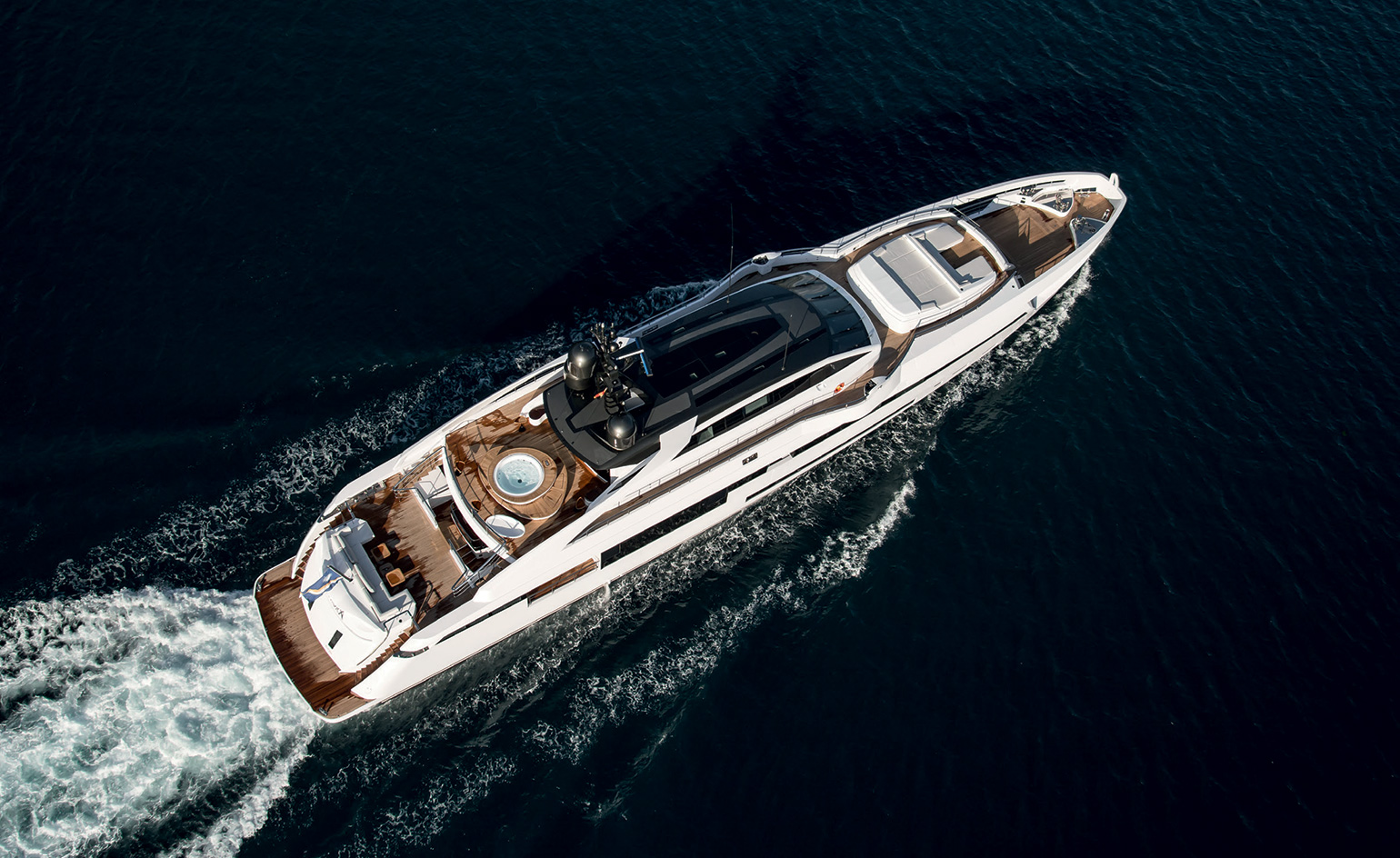
The world of yacht design is used to high-profile creative collaborations. Aside from the established designers who have been helming superyacht projects for decades, many major architectural studios have also turned their hand to nautical trimmings, no doubt lured by the big specifications, meticulous detailing and generous budgets typical of this demanding industry. While acclaimed practices such as Foster + Partners and Amanda Levete Architects are happy to dabble, other firms have made floating interiors and sleek craft their speciality. One such designer is Achille Salvagni, whose Rome-based studio Salvagni Architetti has garnered a clutch of awards for its work on land and off.
Salvagni’s latest creation is a collaboration with the shipbuilder Rossinavi, based in Italy’s Viareggio superyacht hub. Founded as the Rossi shipyard in the 1970s, it became Rossinavi in 2007, turning out a small fleet of hulls every year from 45m and upwards. Rossinavi specialises in aluminium, building highperformance boats with generous internal space and
hull openings to bring in light and views.
‘Aurora’ was commissioned by a sport-loving couple who wanted classic transport design – particularly the textures and materials of vintage motor sport – in an impressively scaled package. The naval architect was Arrabito, with exterior design by Fulvio De Simoni. Inside, however, was Salvagni’s realm. His brief was to distill the clients’ tastes into a coherent whole. 'The owners wanted the design to enhance their dynamic and active lifestyle,’ the designer says, referencing what he describes as the ‘spatial fluidity’ of the living areas in the 49m yacht. Inspiration also came from classical sources, including the spaces shaped by the great baroque architect Francesco Borromini.
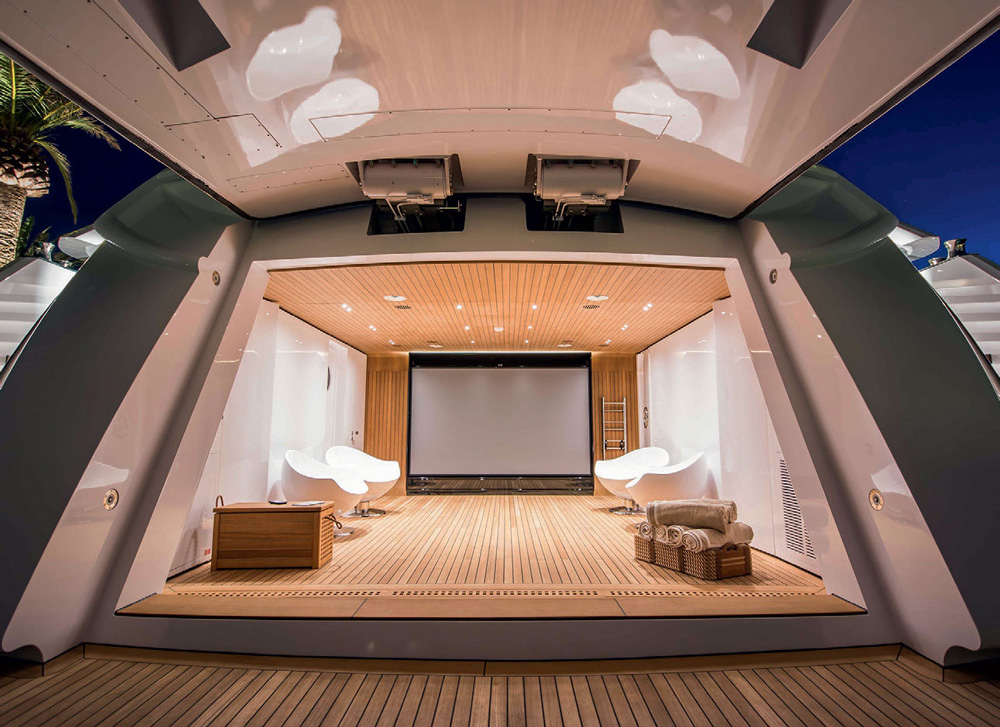
The ‘beach club’, with access to the swimming platform. Photography: Paolo Petrignani
‘There is a sense of movement that pervades,’ Salvagni says, going on to chronicle the levels of detail that typify a yacht project of this scope and scale. ‘We decided to contrast the noblest materials in every element of its interior, such as limed sycamore walls, dark polished tineo details, brushed natural teak floors, hand-knotted silk carpets, Carrara Statuario marble, gunmetal bronze and custom lighting.’ Armies of craftsmen and women descend on Rossinavi’s shipyard, not just to build the hull but also to weave in hundreds of miles of wiring, elaborate materials and finishes, and – most important of all for a yacht – fixtures and fittings that have tolerances more akin to the auto industry than the architectural world.
In many respects, a modern yacht is the equivalent of the grand country seat of centuries past, a blank slate upon which the cultural obsessions of the age can be explored through outstanding craftsmanship. ‘These clients are typically international, with multiple homes, are established collectors and have much more knowledge about design. They are sophisticated, with a taste level to match,’ Salvagni says. To make a modern yacht a coherent showcase of form and content requires exceptional curatorial skills, not just the ability to give it shape and get the most from materials.
The design and construction of ‘Aurora’ was a three year-process, and the boat’s owners are now taking in a Mediterranean summer before heading off to winter in the Caribbean. No country estate ever had such flexibility – nor would it have had a mechanically extending rear ‘beach club’, designed to sit flush with the water for easy bathing access. Despite the barrage of tech on display – including a recessed gym, a sauna, a cinema and a wine cellar – Salvagni is keen to stress the importance of having a wood-lined interior, both as a nod to traditional yacht design and to display the craftsmanship that might otherwise be hidden under modern materials. Those fluid lines posed a challenge for the woodwork and the marble, but time and energy were lavished on this project until it was just right.
Understandably, the shipyard itself relished such attention to detail. ‘Achille has a high profile not only for his vision but also because of his way of designing everything,’ says Federico Rossi, Rossinavi’s COO. ‘The design is still functional and everything is in harmony with our full custom-building philosophy.’ Salvagni’s hard work has taken to the waves in a remarkable demonstration of coherence and style.
As originally featured in the October 2017 issue of Wallpaper* (W*223)
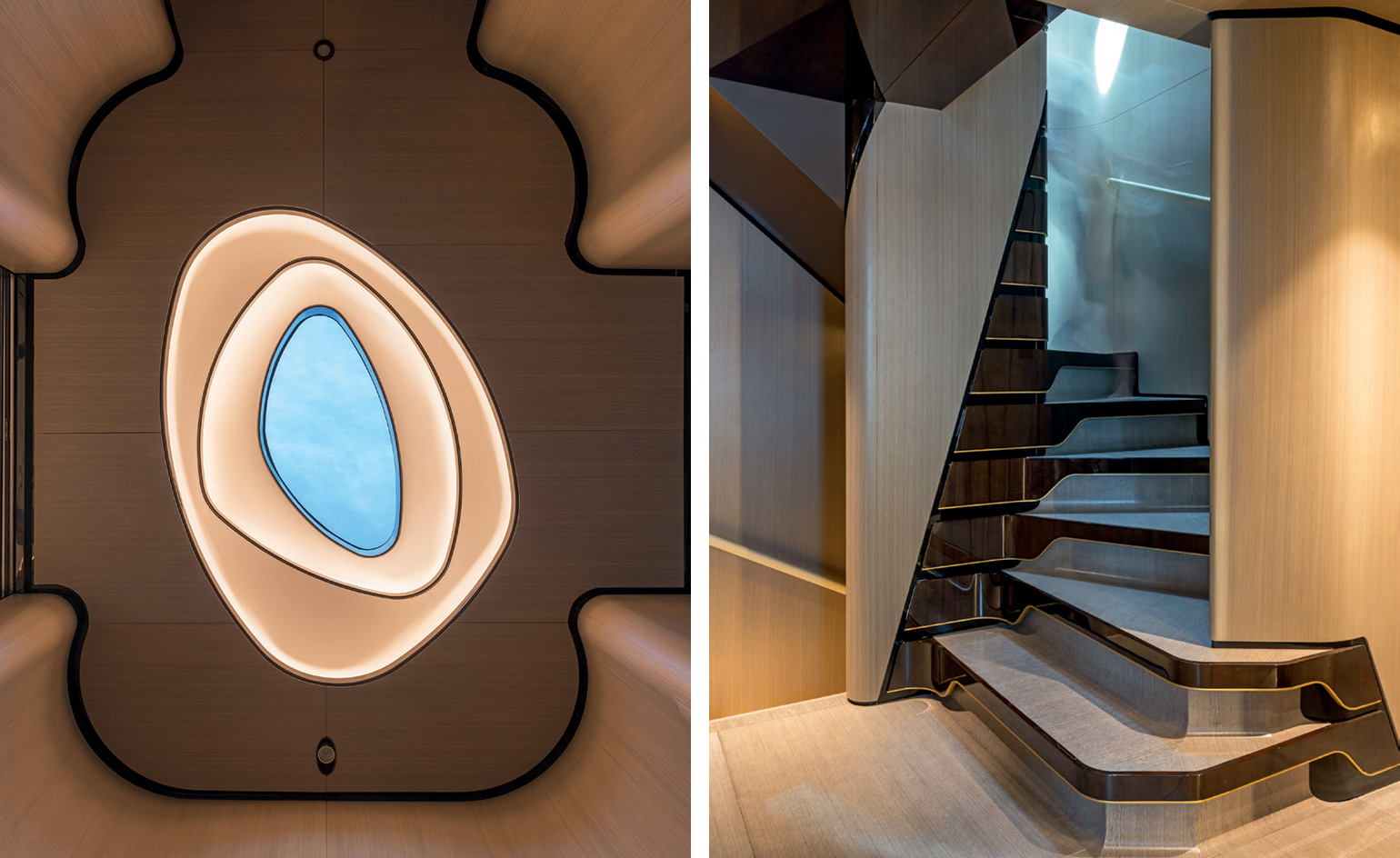
The interiors feature limed sycamore walls with tineo details and gunmetal bronze accents.
INFORMATION
For more information, visit the Salvagni Architetti website, and the Rossinavi website
Wallpaper* Newsletter
Receive our daily digest of inspiration, escapism and design stories from around the world direct to your inbox.
Jonathan Bell has written for Wallpaper* magazine since 1999, covering everything from architecture and transport design to books, tech and graphic design. He is now the magazine’s Transport and Technology Editor. Jonathan has written and edited 15 books, including Concept Car Design, 21st Century House, and The New Modern House. He is also the host of Wallpaper’s first podcast.
-
 All-In is the Paris-based label making full-force fashion for main character dressing
All-In is the Paris-based label making full-force fashion for main character dressingPart of our monthly Uprising series, Wallpaper* meets Benjamin Barron and Bror August Vestbø of All-In, the LVMH Prize-nominated label which bases its collections on a riotous cast of characters – real and imagined
By Orla Brennan
-
 Maserati joins forces with Giorgetti for a turbo-charged relationship
Maserati joins forces with Giorgetti for a turbo-charged relationshipAnnouncing their marriage during Milan Design Week, the brands unveiled a collection, a car and a long term commitment
By Hugo Macdonald
-
 Through an innovative new training program, Poltrona Frau aims to safeguard Italian craft
Through an innovative new training program, Poltrona Frau aims to safeguard Italian craftThe heritage furniture manufacturer is training a new generation of leather artisans
By Cristina Kiran Piotti
-
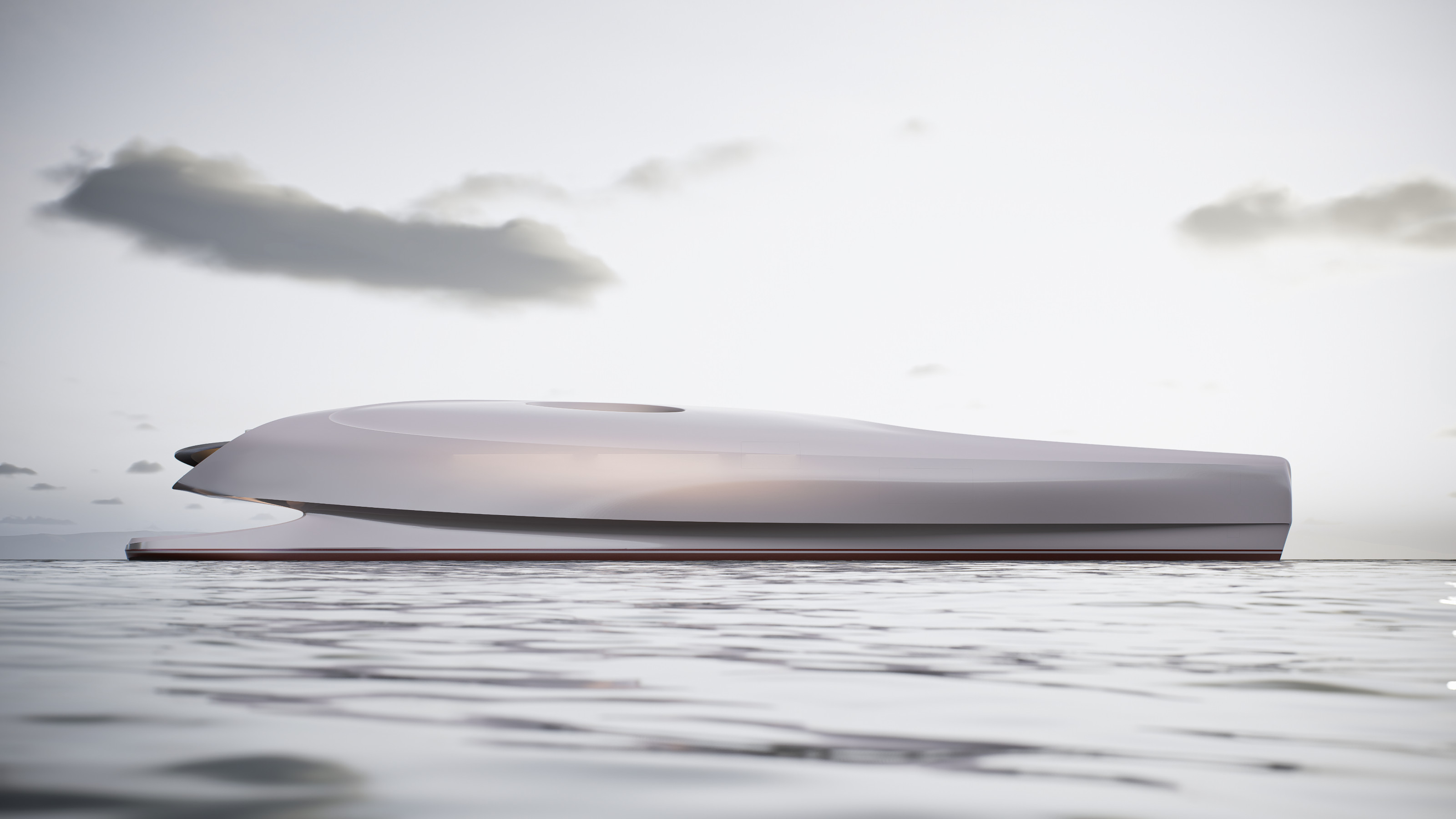 A new concept superyacht unfurls, courtesy of Vripack and Oceanco
A new concept superyacht unfurls, courtesy of Vripack and OceancoExplore Project Lily, a concept superyacht for a new generation of moneyed enthusiasts looking to push the envelope of nautical design
By Jonathan Bell
-
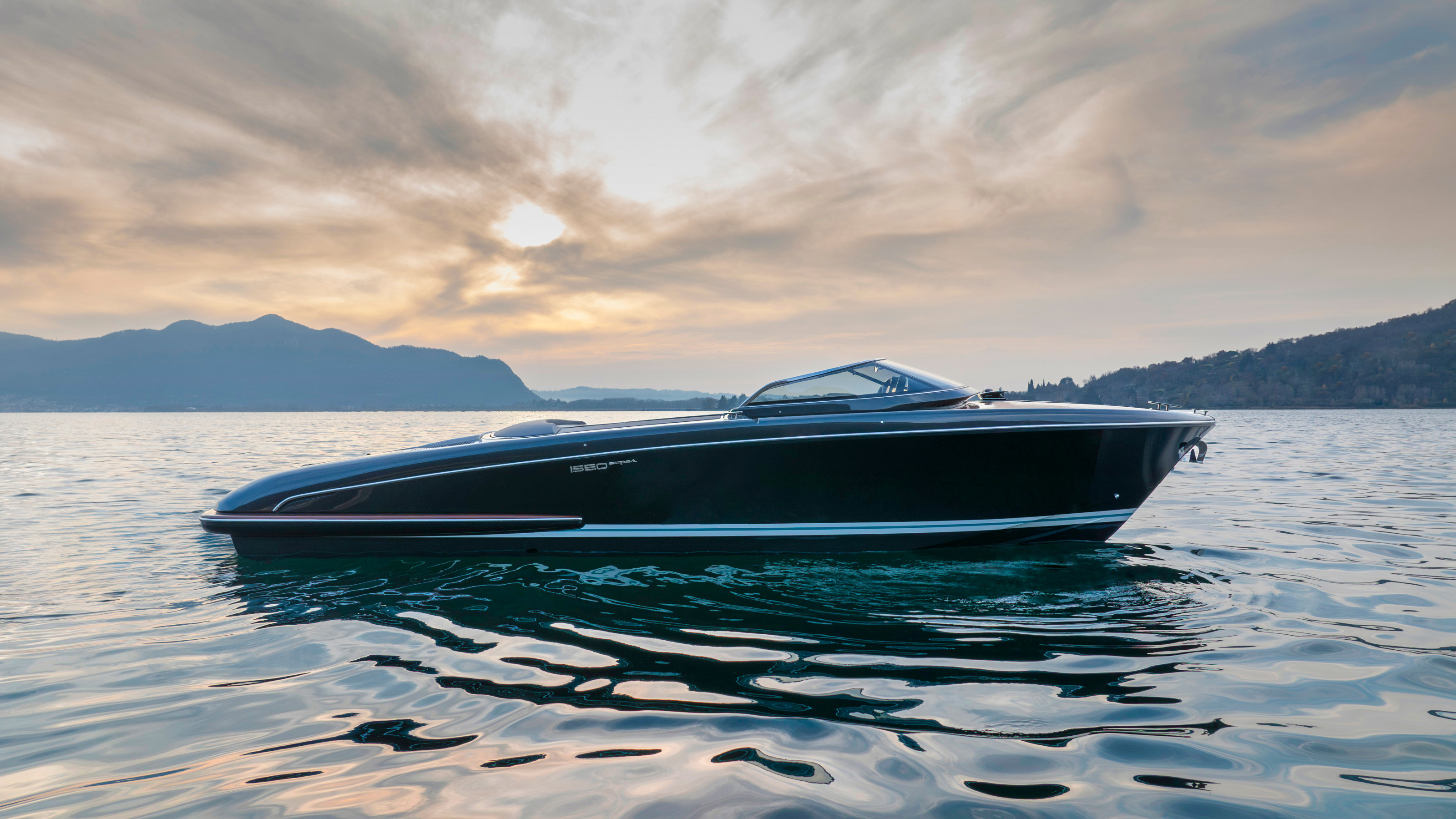 The new Riva Iseo Super continues the Italian manufacturer’s mastery of motorboat design
The new Riva Iseo Super continues the Italian manufacturer’s mastery of motorboat designA sleek 27-foot runabout, the Riva Iseo Super showcases the factors that make Riva synonymous with waterborne elegance and style
By Jonathan Bell
-
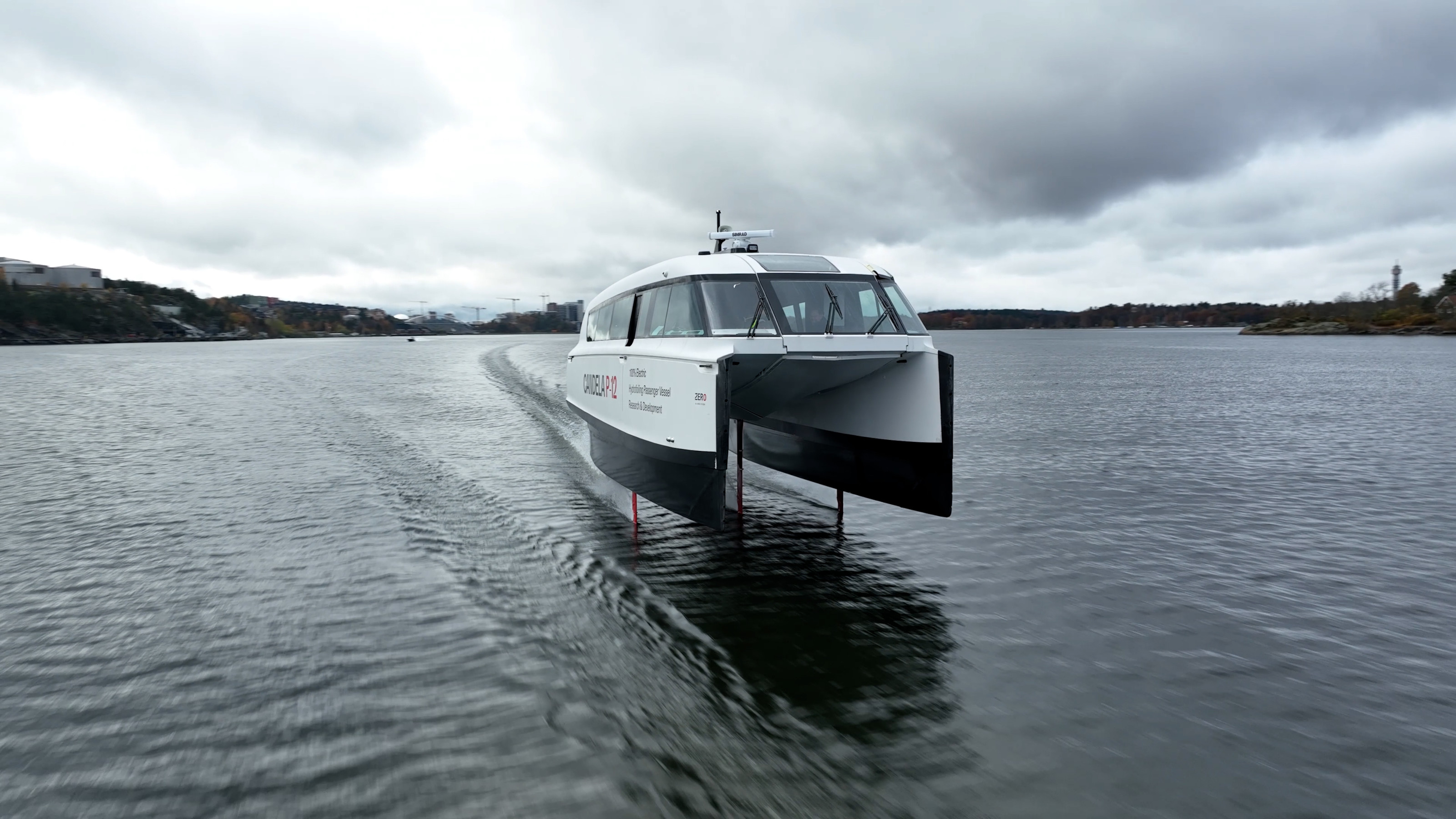 New wave: 11 electric boats for a nautical New Year
New wave: 11 electric boats for a nautical New YearFrom cutting-edge electric hydrofoils to elegant speedboats, here are some of the newest innovations to take to the waves
By Jonathan Bell
-
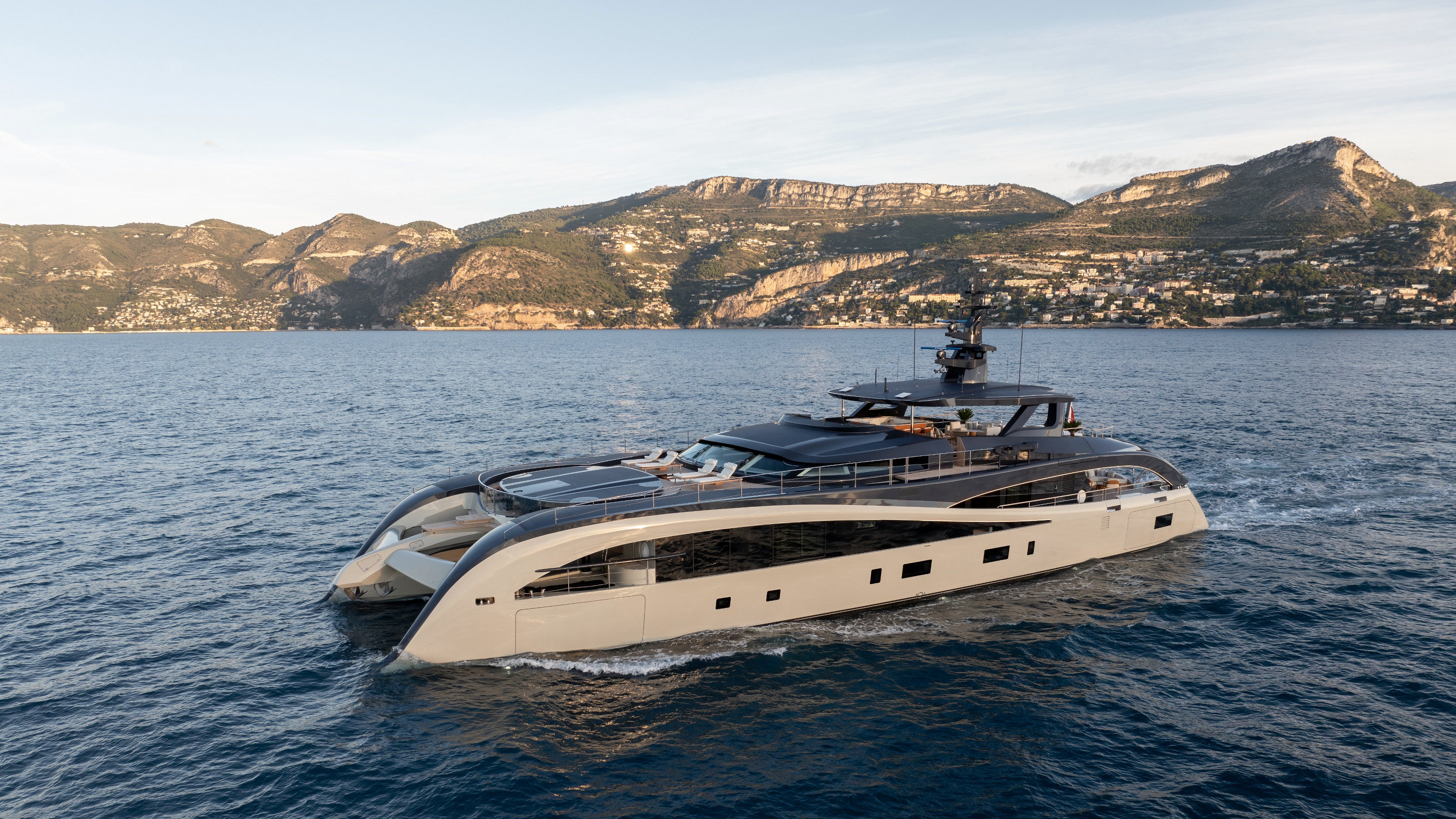 Seawolf X: an ocean-going interior by hotel specialist Meyer Davis brings Scandi style to a superyacht
Seawolf X: an ocean-going interior by hotel specialist Meyer Davis brings Scandi style to a superyachtSeawolf X is Rossinavi’s newly launched hybrid-electric catamaran, with interiors by New York design studio Meyer Davis
By Jonathan Bell
-
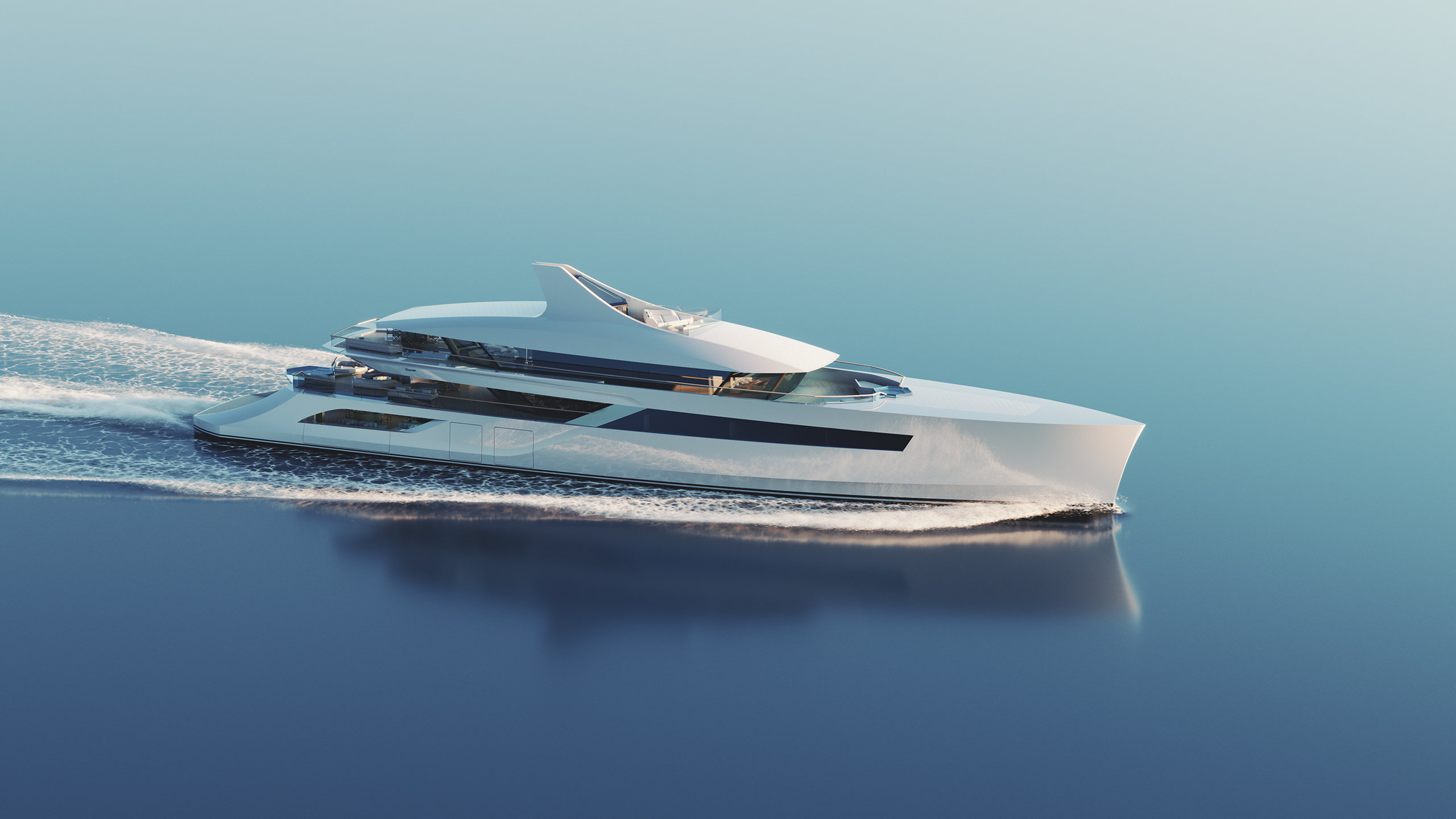 Feadship unveils the Concept C, a silent superyacht with all-electric propulsion
Feadship unveils the Concept C, a silent superyacht with all-electric propulsionInspired by diamonds and deep pockets, the Dutch shipbuilder revealed its annual concept design at the 2024 Monaco Yacht Show
By Jonathan Bell
-
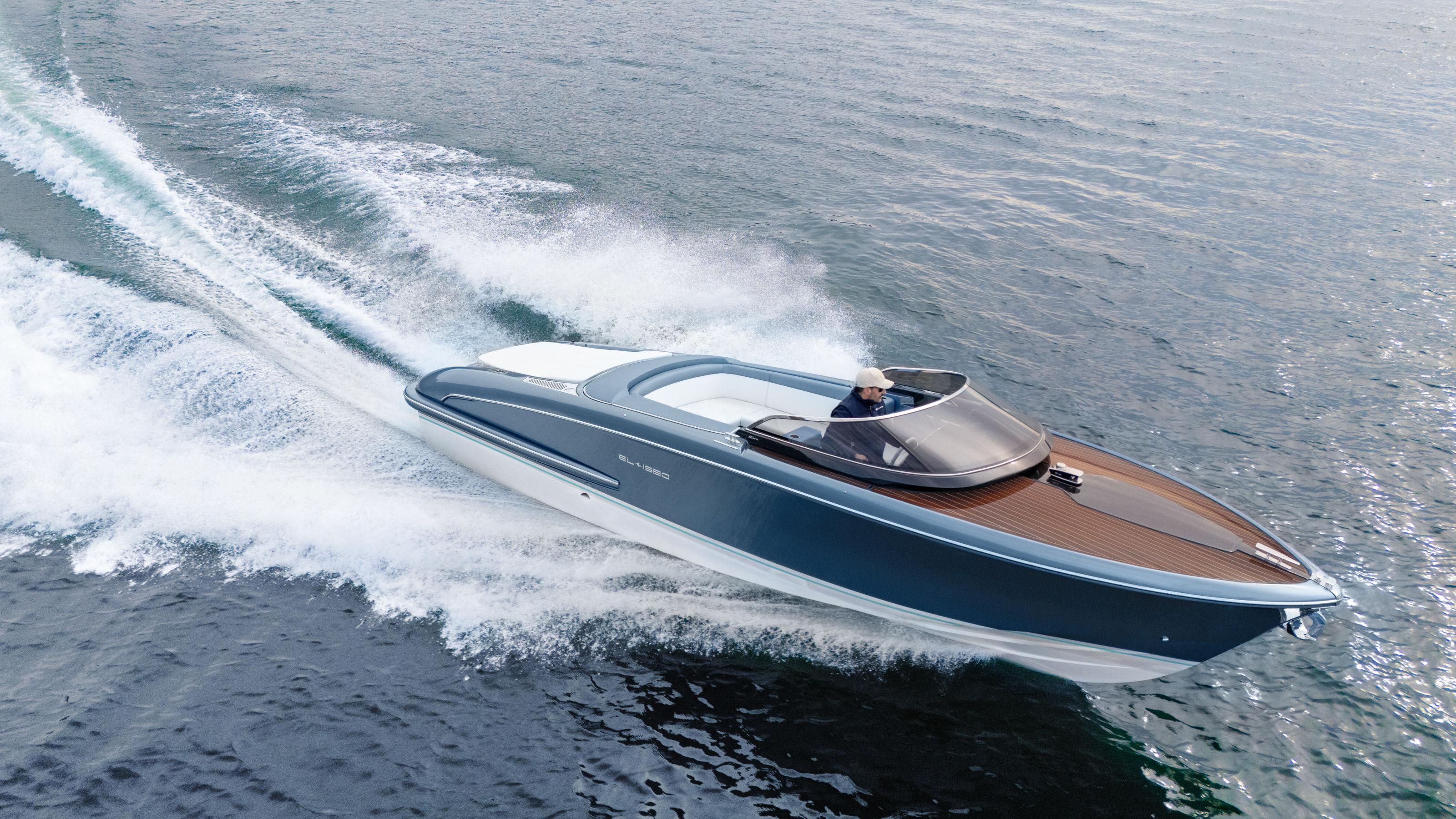 Riva El-Iseo is the legendary boat builder’s first fully-electric motor yacht
Riva El-Iseo is the legendary boat builder’s first fully-electric motor yachtThe Riva El-Iseo electric speedboat blends classic Italian lines with a silent, powerful and zero-emission powertrain
By Jonathan Bell
-
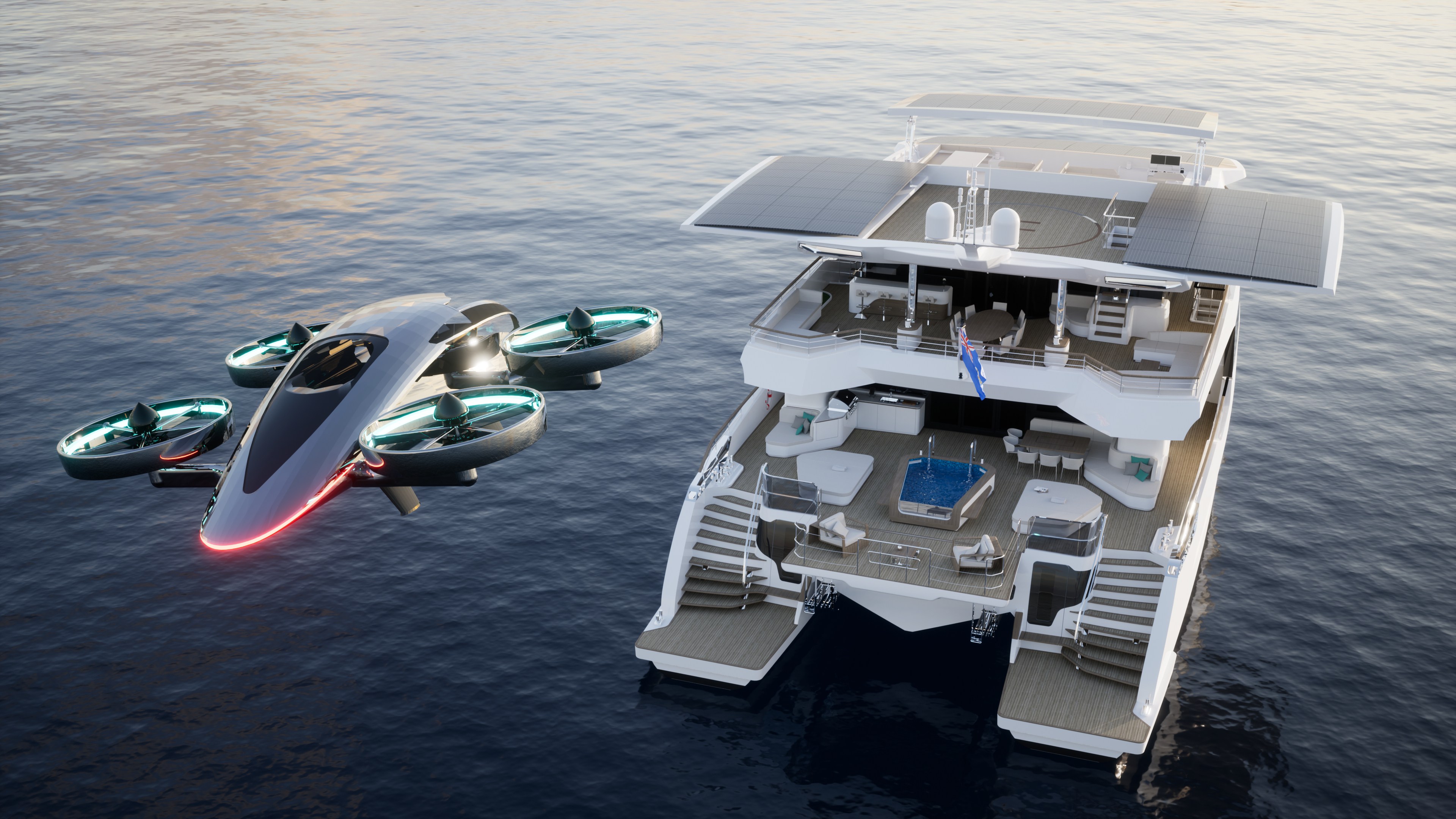 This conceptual pairing of eVTOL and electric superyacht is a new expression of stealth wealth
This conceptual pairing of eVTOL and electric superyacht is a new expression of stealth wealthSilent Yachts has teamed up with British eVTOL manufacturer VRCO to integrate the Xcraft XP4 into the flagship Silent 120 electric catamaran
By Jonathan Bell
-
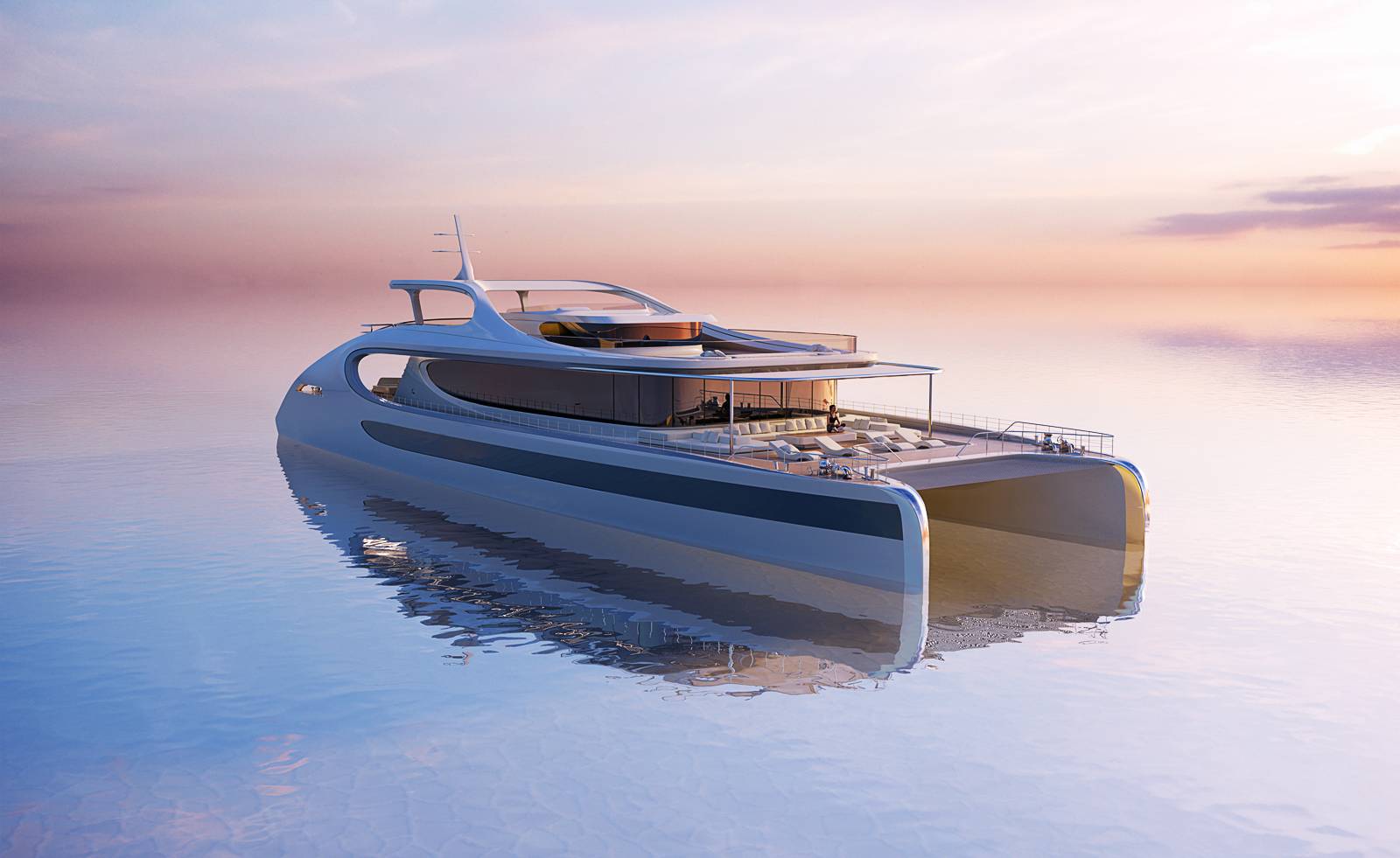 Zaha Hadid Architects creates Oneiric, a new catamaran concept for Rossinavi
Zaha Hadid Architects creates Oneiric, a new catamaran concept for RossinaviGreen technology and Zaha Hadid Architects’ typically fluid, sculptural approach to form give the Oneiric Catamaran concept oceans of appeal
By Jonathan Bell